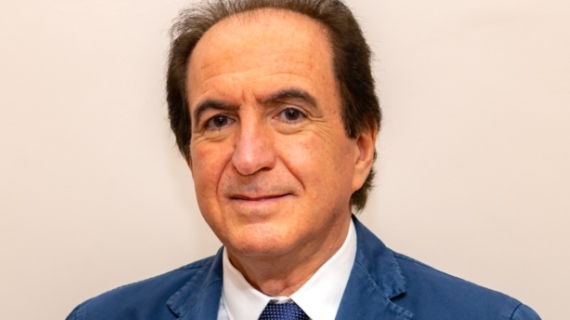Domenico Ricucci
Workshop | Vital Pulp Therapy. The possibility to maintain pulp vitality in teeth with deep caries lesions

- Domenico Ricucci received his degree in General Medicine from “La Sapienza” University of Rome in 1982, and his DDS from the same University in 1985;
- Since then on he has maintained private dental practices limited to endodontics;
- Ricucci’s primary research interest relates to pulpal and periapical tissue reactions to caries and treatment procedures, biofilms in endodontic infections, etiology of RTC treatment failure, pulp regeneration/revascularization;
- Since 1998 he has run his own histology laboratory and has developed considerable skills in hard tissue preparations for light microscopy;
- He has published 114 papers;
- He has authored the Textbook and Atlas “Patologia e Clinica Endodontica”, the textbook and atlas “Endodontology. An integrated biological and clinical view”, also translated into Chinese, Russian, Japanese. He has also authored or co-authored 22 book chapters.
Nationality: Italy
Scientific areas: Endodontics | Workshop
11 of november, from 09h00 until 13h00
Room 1
Conference summary
Within this workshop the histological events occurring in the pulp tissue below medium-deep caries lesions will be illustrated.
It will be observed that inflammatory cells accumulate in the area adjacent to the pulpal termination of dentinal tubules affected by the caries process, accompanied by the formation of a ‘less-tubular’ tertiary dentin, and changes in the odontoblast layer. This inflammatory process can remain reversible for a considerable time.
Bacterial penetration into the pulp tissue and the establishment of a minor area of necrosis is the determinant for the transition from a reversible to an irreversible inflammatory state. The opportunity to clinically diagnose reversibility/irreversibility of pulp inflammation will be discussed on the basis of recent literature and histological data. When a carious pulp exposure occurs, as long as the diagnosis is reversible inflammation an attempt can be made to maintain pulp vitality through a direct pulp-capping procedure. The initial area of necrosis will expand in time, involving larger areas of the pulp chamber. When the diagnosis becomes irreversible pulpitis, selective surgical elimination of the necrotic/infected tissue may allow maintenance of vitality of part of the pulp. For many years calcium hydroxide has been the material of choice to apply onto the pulp wound.
Over the last 20 years MTA has gained popularity and, more recently, a new generation of bioactive materials have been introduced. The pulp tissue response to all these materials is evaluated by clinical observation and histologic analysis performed in sound and carious teeth and in teeth subjected to pulp capping and pulpotomy.